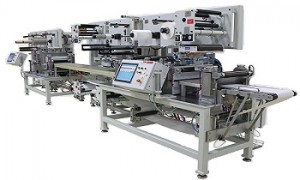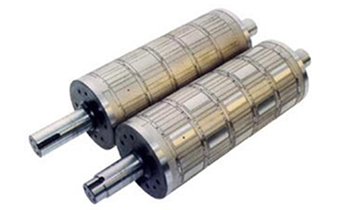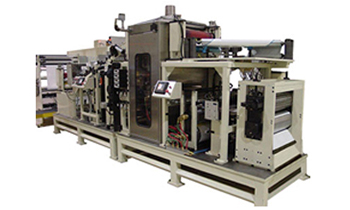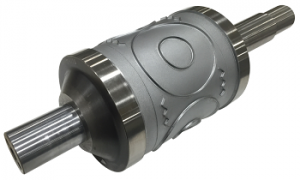Rotary Dies & Converting Systems
Manufacturer of Alcohol Swab Machines, Special Machinery and Embossing Rolls
Bernal performance is the benchmark for high-speed rotary die-cutting and has established a new standard for inline web-printing and converting. Bernal's full line of rotary dies (RP™ Dies, Fusion, Flexible Plate and Crush Cut Dies) and Rotary Die Cutting Modules combined with it's advanced product and packaging automation equipment, offer a unique system solution for a wide variety of applications. The web-fed converting equipment we design and manufacture is for you, your needs, your facility--not someone else's. When you call Bernal, we talk about your goals and what you need to reach them. Then, we design, manufacture and ship your customized converting equipment quickly and cost effectively.
Whether your company makes medical products, paperboard packaging, automotive parts, aseptic & liquid packaging, lead acid batteries, snack foods or general consumer products and goods, ask Bernal how we can help you. Bernal, when only the best will do!
Our Expertise





















